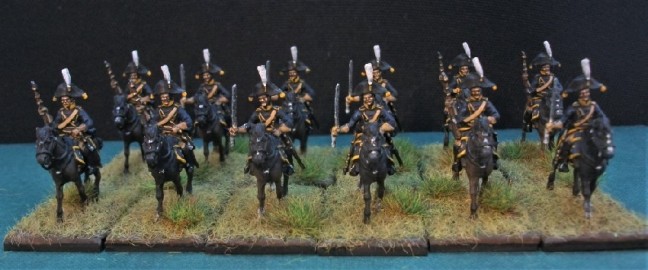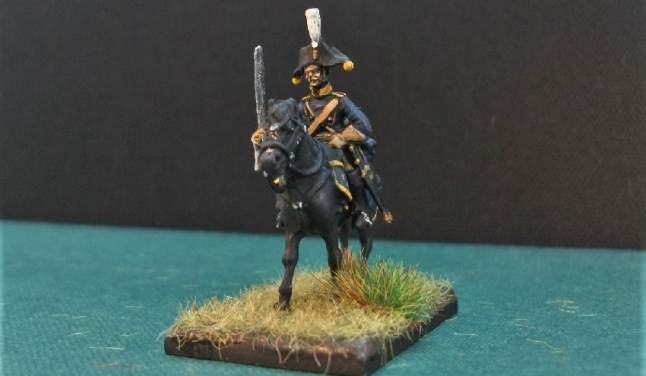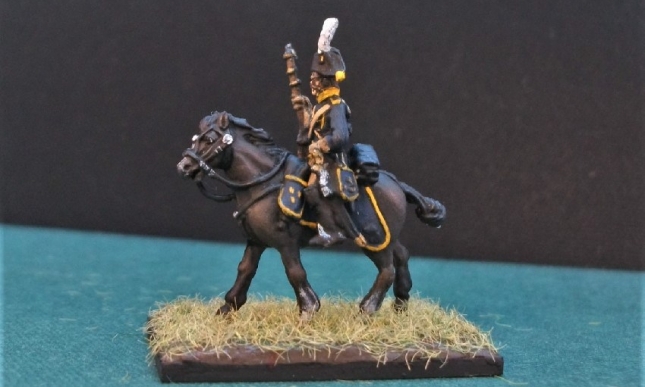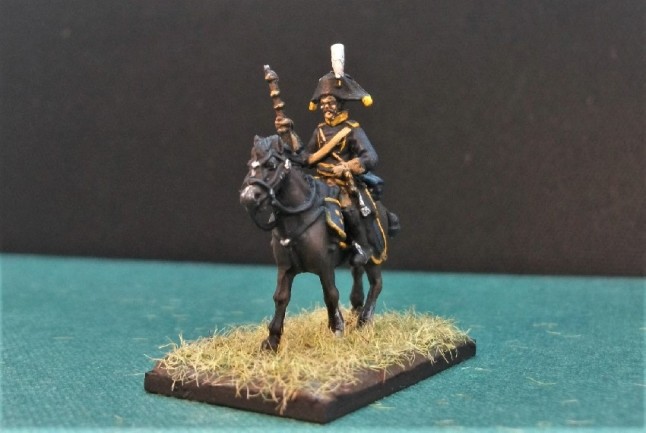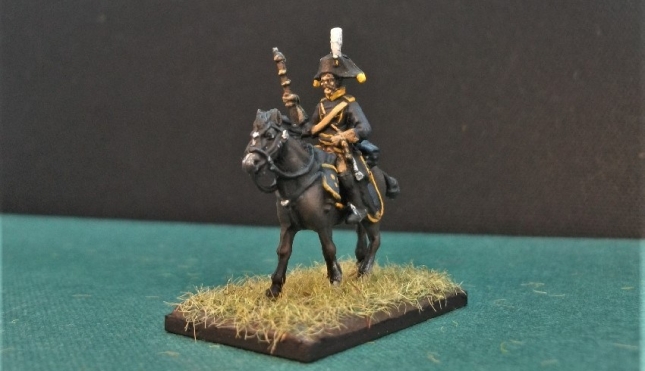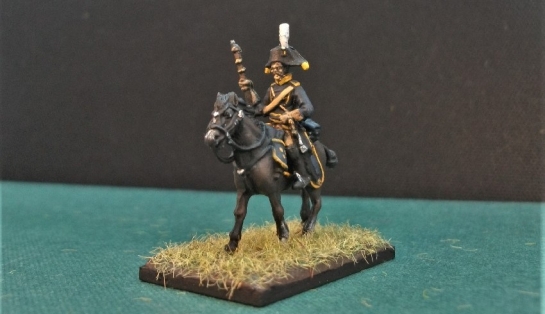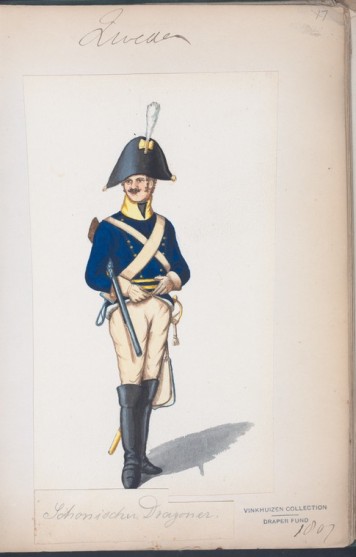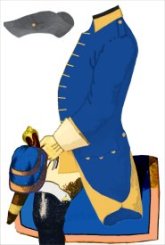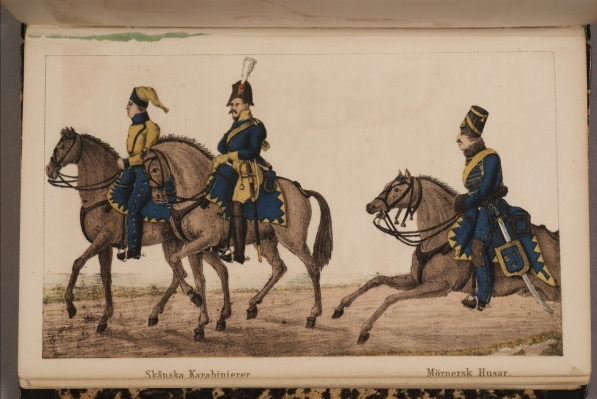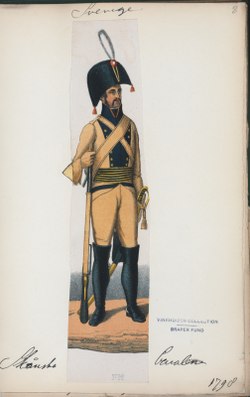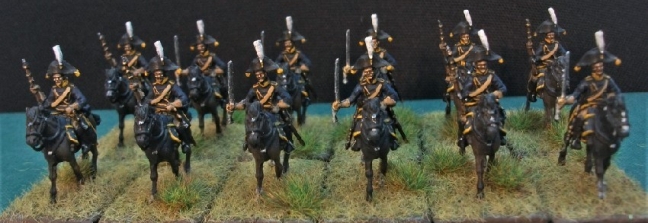2018 has so far seen me add another five regiments to the now 30-strong Napoleonic Cavalry Project which was begun back in 2015. In what will probably be the final cavalry regiment produced this year, I’m finishing off the remainder of my 2 boxes of HaT’s Swedish Napoleonic Cavalry. From this kit, I’ve previously painted;
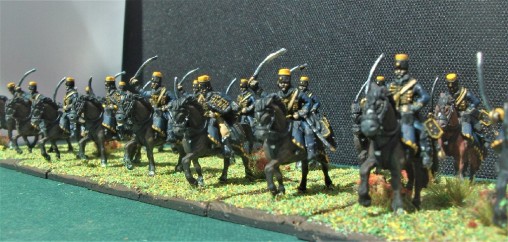
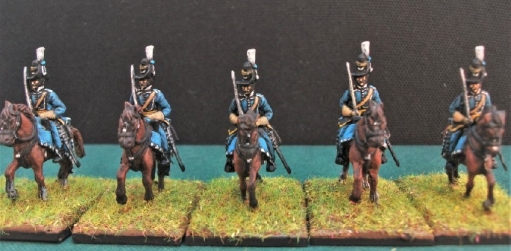
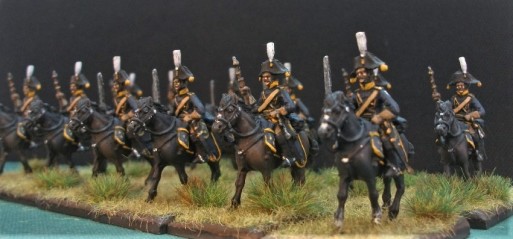
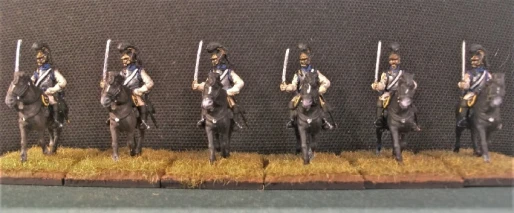
All of which just leaves my final Swedish regiment – the Småland Light Dragoons.
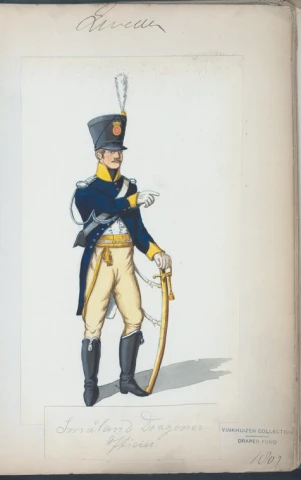
In the contemporary print above, the regiment is shown in 1807 wearing a long-tailed navy blue coat with yellow facings, buff-coloured riding breeches and black shakos. Around the waist is a yellow cord sash. The black shako is shown with a peak and this is also reproduced in the sculpted HaT figures yet in this is not visible in Preben Kannik’s illustration of the regiment of 1808 (found in “Military Uniforms of the World in Colour”).
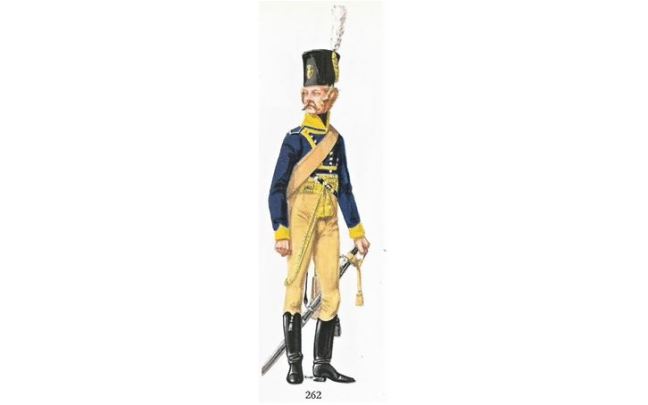
This style of shako reproduced by Kannik, with a tiny – almost non-existent peak – is seen in another contemporary illustration of a Swedish cavalry regiment; the Nylands Light Dragoons of the same year. From these illustrations, the shako appears to have yellow cord around it, something which is reproduced on the HaT figures. The rest of the uniform appears very similar to HaT’s sculpted figures with its waist length coat, although HaT’s troopers are wearing campaign overalls rather than riding breeches.
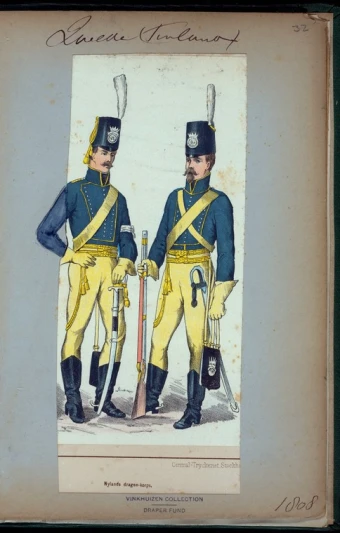
The horses supplied by HaT are of course very familiar to me, being the same already used for the 18-strong Mörner Hussar regiment and also for the King’s Horse Guard.
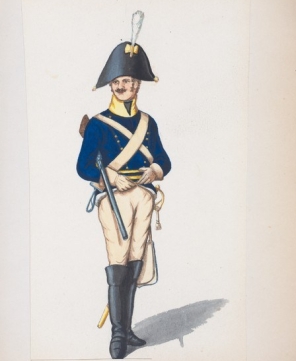
Aside from the headdress, the uniform looks closest to the Scanian Carabineers which I painted earlier on in the year. For that reason, I toyed with painting them with yellow coats instead. This was an undress uniform colour adopted for Swedish cavalry regiments for field duty resulting from wearing the reverse colours of the full uniform.
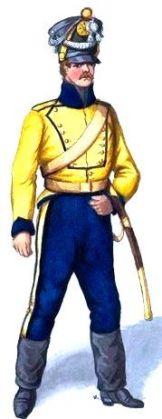
In the final event, I decided to reproduce the same blue coats wonderfully depicted by Danish illustrator Preben Kannik. His “Military Uniforms of the World in Colour” book was a regular source of pleasure during my childhood and indeed continues do so right up to today. It contains many uniforms or regiments I’ve painted previously in the project and also, it must be said, regiments which I still intend to attempt.
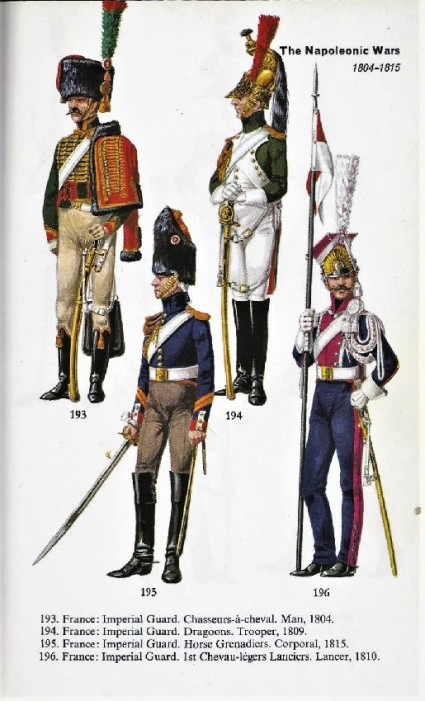
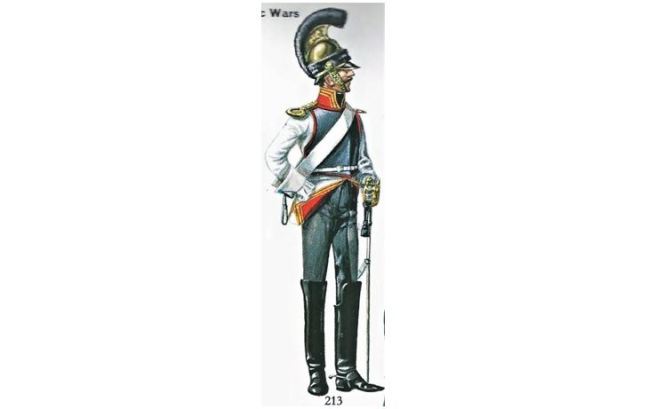
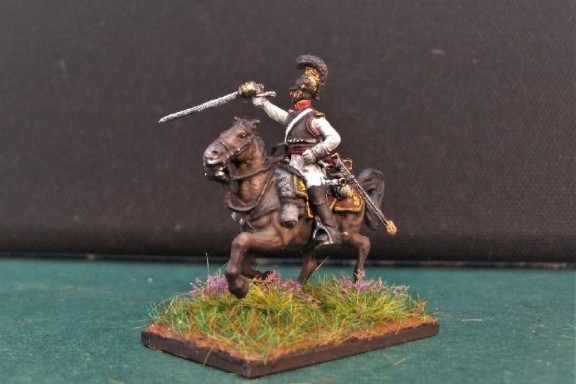
The Småland Light Dragoon figures are already well under way, so I hope to have something to share on progress reasonably soon.



